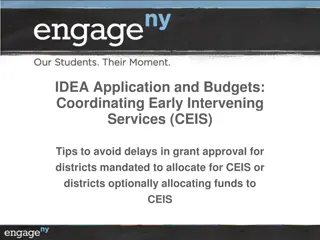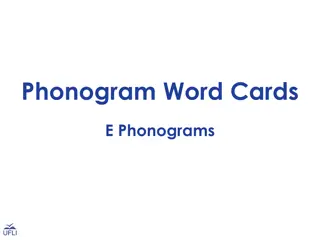
Verbs and Subject Agreement
Understand how verbs should agree with their subjects in number, whether singular or plural. Learn to identify and avoid errors when there are intervening word groups like prepositional phrases between the subject and the verb in sentences.
Download Presentation

Please find below an Image/Link to download the presentation.
The content on the website is provided AS IS for your information and personal use only. It may not be sold, licensed, or shared on other websites without obtaining consent from the author. If you encounter any issues during the download, it is possible that the publisher has removed the file from their server.
You are allowed to download the files provided on this website for personal or commercial use, subject to the condition that they are used lawfully. All files are the property of their respective owners.
The content on the website is provided AS IS for your information and personal use only. It may not be sold, licensed, or shared on other websites without obtaining consent from the author.
E N D
Presentation Transcript
Writing Lab Intervening Word Groups
Basics Verbs agree with their subjects in number (singular, plural). Often the word closest to the verb is not the subject, especially if there is an intervening word group like a prepositional phrase between the subject and the verb. A verb should agree with its subject, not the object of a prepositional phrase or the headword in another kind of phrase that appears between the subject and the verb.
Examples The Secretary of State, as well as the other Cabinet members, was with the president. The subject of the sentence is Secretary of State, not members; therefore, the singular verb form was is correct. The people who listen to that kind of music are awesome. The subject of the sentence is people, not music; therefore, the plural verb are is correct.
Thats all, folks! This lesson is part of the UWF Writing Lab Grammar Mini-Lesson Series Lessons adapted from Real Good Grammar, Too by Mamie Webb Hixon To find out more, visit the Writing Lab s website where you can take a self-scoring quiz corresponding to this lesson






















